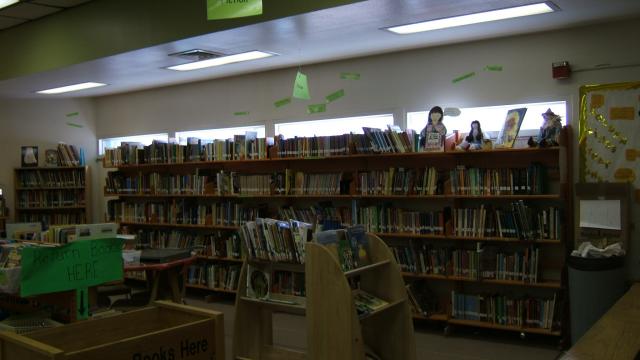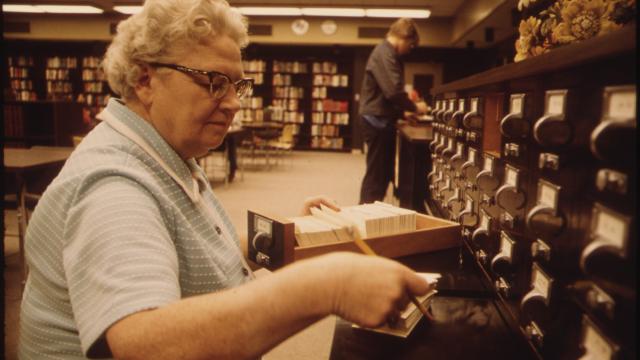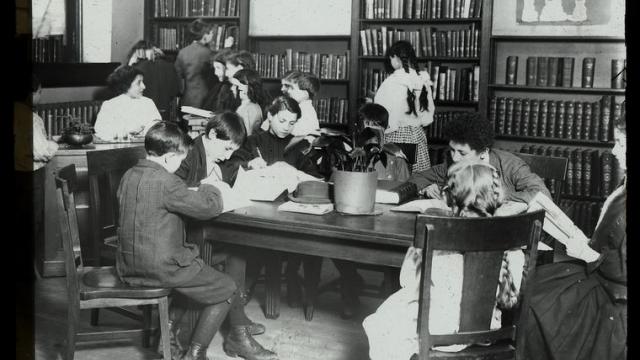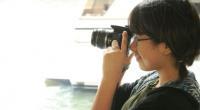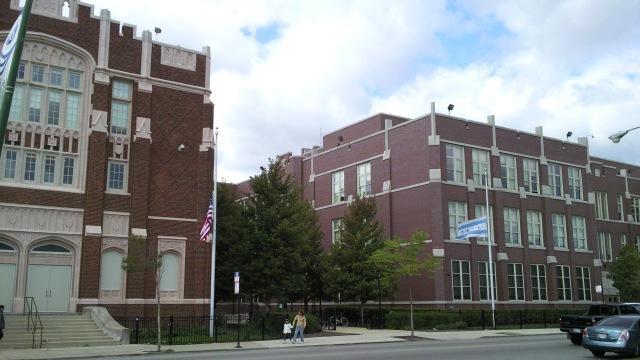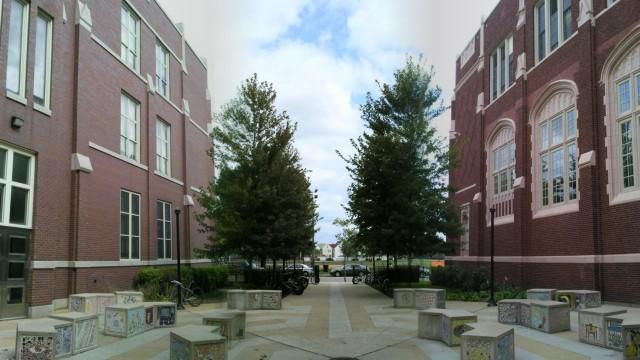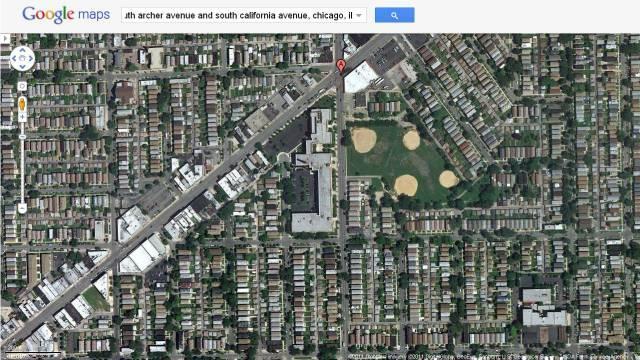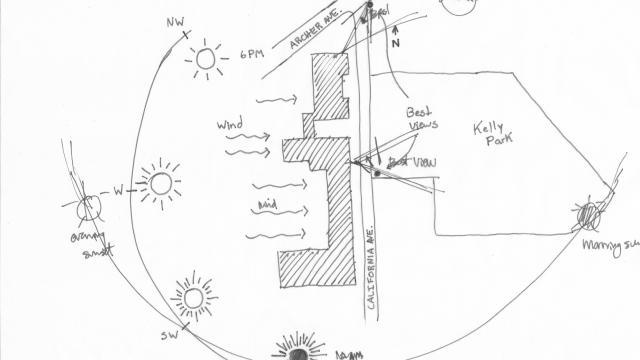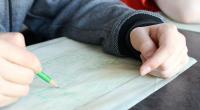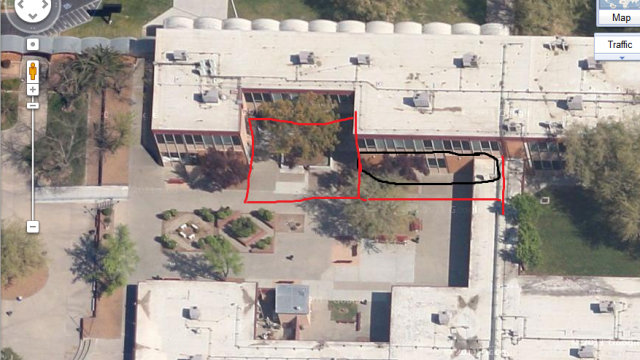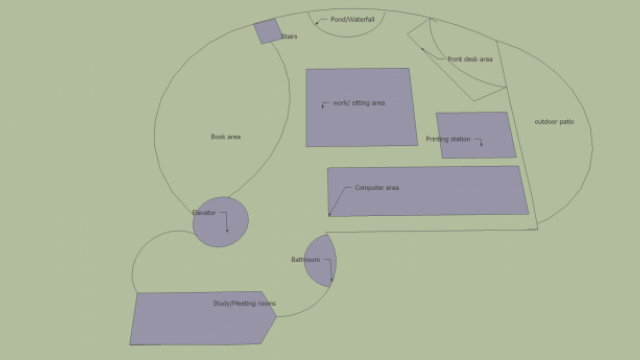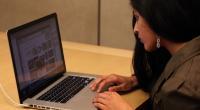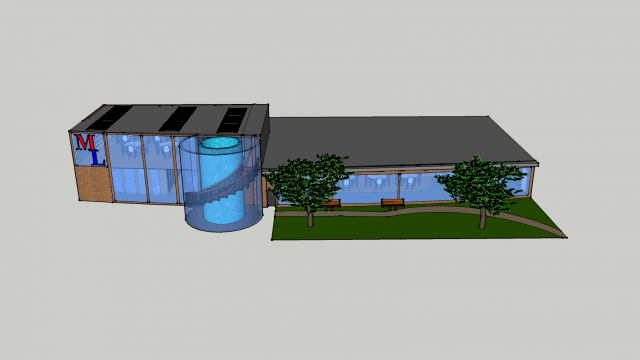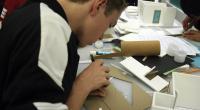Our architecture company, Elite Fusion Advocates, thoughtfully chose both the name and the logo design. We started by choosing our name, and in doing so, reflected on our goal as a group: to be modern, and to be professional, so we settled with Elite Fusion Advocates. This represents our atmosphere of being the best at architecture, while incorporating multiple cultures. Our logo includes symbols of fusion and of efficiency, represented by the blue bands and the green leaf. The structure of our company’s initials represent a building, to make it clear that we excel at architectural designs. In addition, we suzed a motto that was intriguing and genuine. Our motto, “Imagine Today. Create Tomorrow. Engineered For You.”
Director of Exterior Building Design: Sabrina Aragon
Director of Interior Building Design: Yana Doroshuk
Director of Interior Decor Design: Emily Guzman
Director of Landscape Design: Joseph Rizam
Director of Sustainability and Energy: Raya Eubanks
Director of Community and Relations: Everyone
After interviewing Mrs. Gibson, the librarian, she revealed to us her daily challenges of the existing library. She had told us that she would like to see all the furniture, tables, and chairs removed, because they were old, falling apart, cracked, etc., and replaced with new furniture. She would also like to see new blinds for the windows. One of the main problems she has is not only a problem for her, but also for the disabled. She would like to receive a new checkout desk that is compatible with the American Disability Act.
In 2010 Mira Loma High School celebrated its 50th anniversary. Built in 1960, Mira Loma High School is one of nine comprehensive high schools in the San Juan Unified School District, located in Sacramento County. With one primary feeder school and strong academic and extracurricular programs, Mira Loma is a school of choice for many of San Juan as well as out of district students. The school is located in a suburban community, with students from a wide spectrum of socio-economic backgrounds. This diversity is a valuable asset that strengthens and enriches our community.
Mira Loma High School is a comprehensive high school with 1665 students. This represents an increase in enrollment of about a hundred students over the previous year. Enrollment is favorably affected by students from outside Mira Loma’s attendance area. These students choose to attend Mira Loma for its outstanding IB, MYP, IS, and Passport programs. From this pool, Mira Loma attracts 353 inter-district students and 80 intra-district students. Mira Loma currently has 451 freshmen, 435 sophomores, 423 juniors, and 356 seniors. The Mira Loma community exhibits a genuine dedication to all students, fosters a collaborative culture that is empathetic to students, and feels a pride in being part of the Mira Loma Matador Culture and its history of academic excellence.

.png)


